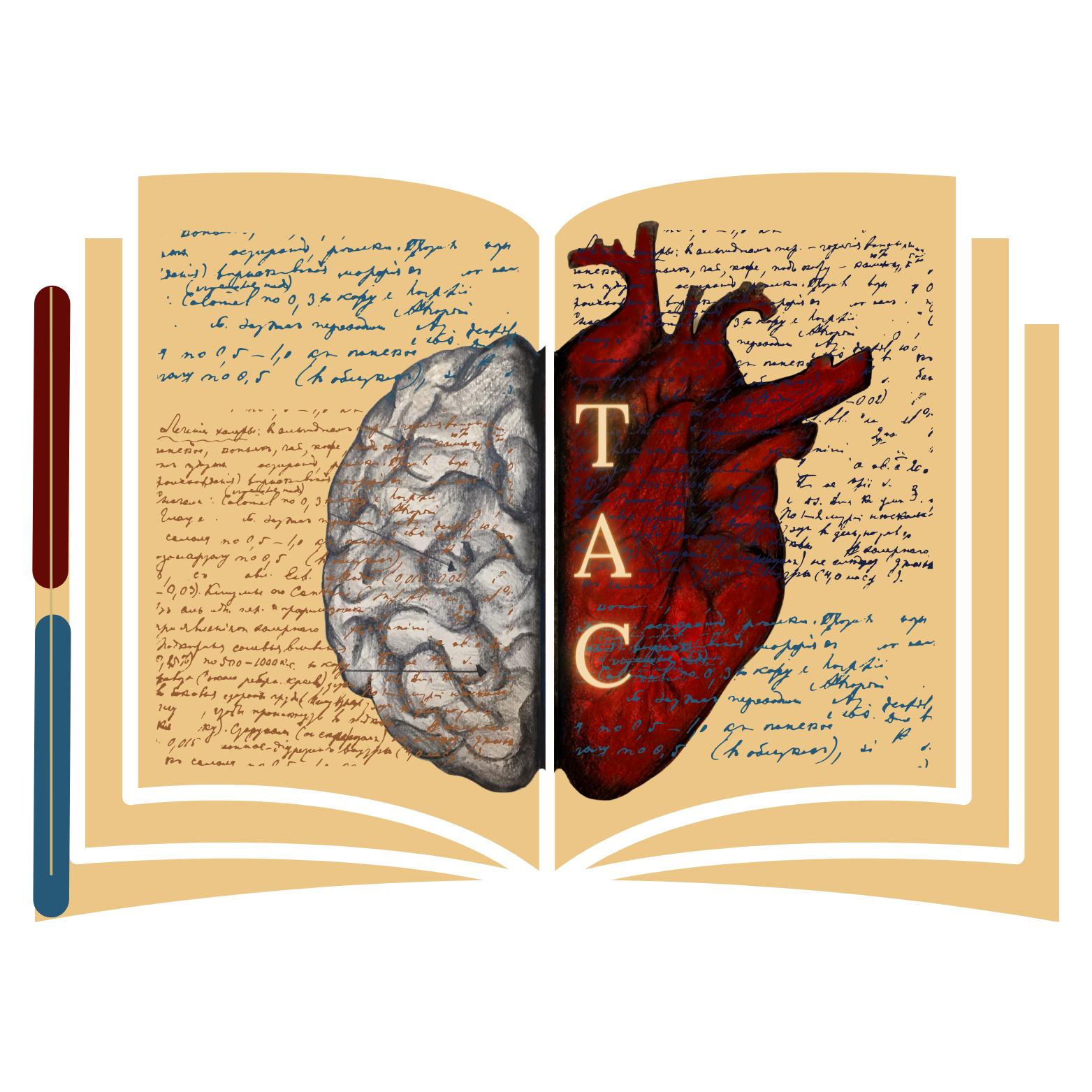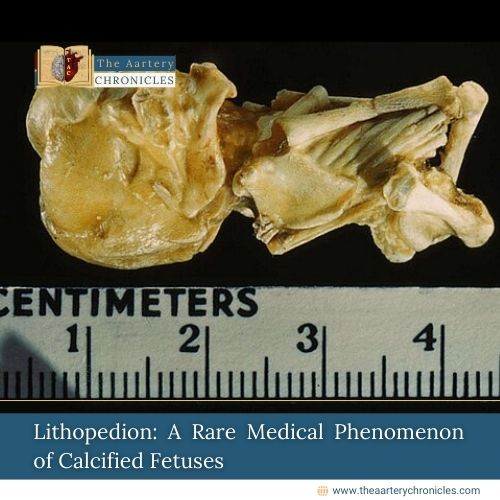

Tracing the Threads of Pain Perception Through History: From Ancient Insights to Modern Understanding
What is Pain Perception?
Pain perception refers to the process by which the nervous system detects and interprets signals indicating potential or actual tissue damage, sending those signals to the brain, where they are then consciously experienced as pain. It’s a complex physiological and psychological phenomenon that involves the interaction of various sensory, neural, and cognitive processes.
Pathway of Pain Perception:
The pathway of pain perception involves a series of steps that lead from the initial stimulus (noxious stimuli) to the conscious perception of pain in the brain.
Detection of Noxious Stimuli: Pain perception begins with the detection of noxious (harmful) stimuli, such as heat, pressure, or chemicals, by specialized nerve endings called nociceptors. These receptors are distributed throughout the body and are most densely found in the skin, muscles, and internal organs.
Transmission of Pain Signals: When a noxious stimulus activates nociceptors, they generate electrical signals called action potentials. These signals travel along nerve fibres, known as nociceptive pathways, to the spinal cord and eventually to the brain.
Processing in the Brain: In the brain, pain signals are processed in various regions, including the thalamus and the somatosensory cortex. The brain interprets the signals and creates a conscious experience of pain. Emotional centres in the brain, such as the limbic system, can also influence how pain is perceived and felt.
Factors Affecting Pain Perception:
Individual experiences of pain can vary greatly based on factors such as genetics, prior experiences, and psychological state.
- Modulation and Interpretation: Pain perception is not solely determined by the intensity of the noxious stimulus. It can be influenced by a variety of factors, including emotional state, cognitive processes, past experiences, cultural and social factors, and attention. For example, anxiety or fear can amplify the perception of pain, while distraction or relaxation techniques can lessen its intensity.
- Chronic Pain and Plasticity: In cases of chronic pain, the nervous system can undergo changes known as neuroplasticity, where the nerve pathways become sensitized or altered over time. This can result in heightened pain perception even in the absence of ongoing tissue damage.
- Individual Variation: Pain perception varies greatly among individuals. Some people might have a higher pain threshold (the level of stimulus needed to feel pain), while others might have a lower threshold. Factors like genetics, gender, age, and overall health can influence an individual’s pain perception.
Understanding pain perception is important not only for basic scientific knowledge but also for improving pain management and treatment strategies. Healthcare professionals use this understanding to develop interventions that target the underlying mechanisms of pain perception, helping to alleviate pain and improve the quality of life for individuals experiencing pain conditions.
A Historical Journey of Exploring Pain Perception:
A Historical Journey of Exploring Pain Perception:
The evolution of pain perception is an intricate and diverse journey that encompasses different societies, eras, and scientific advancements. Here, we’ll explore a concise synopsis of the history of pain perception:

Ancient Beliefs & Theories
In ancient civilizations, pain was often attributed to supernatural forces or deities as a form of punishment or divine intervention. Treatments often involved rituals, offerings, and sometimes even exorcisms to alleviate pain. Greek Influence: Hippocrates, a Greek physician in the 5th century BCE, described pain as an imbalance of bodily fluids (humours) and believed in a natural, rather than supernatural, explanation for pain.

Ancient Beliefs & Theories
In ancient civilizations, pain was often attributed to supernatural forces or deities as a form of punishment or divine intervention. Treatments often involved rituals, offerings, and sometimes even exorcisms to alleviate pain. Greek Influence: Hippocrates, a Greek physician in the 5th century BCE, described pain as an imbalance of bodily fluids (humours) and believed in a natural, rather than supernatural, explanation for pain.

Middle Ages & Renaissance
During the Middle Ages, pain was still often linked to supernatural explanations. The concept of pain was also intertwined with religious beliefs and notions of suffering. In the Renaissance era, advancements in anatomy and medicine began to provide more rational explanations for pain. However, pain was still understood in the context of broader philosophical and religious beliefs.

Middle Ages & Renaissance
During the Middle Ages, pain was still often linked to supernatural explanations. The concept of pain was also intertwined with religious beliefs and notions of suffering. In the Renaissance era, advancements in anatomy and medicine began to provide more rational explanations for pain. However, pain was still understood in the context of broader philosophical and religious beliefs.

17th to 19th Centuries
The early modern period saw the development of more systematic approaches to understanding pain. René Descartes, a philosopher and mathematician, proposed the "pain pathway" theory, suggesting that pain signals travelled along specific nerves. The 19th century brought significant progress in understanding pain perception. The development of anaesthesia, such as ether and chloroform, marked a turning point in pain management and surgical procedures.

17th to 19th Centuries
The early modern period saw the development of more systematic approaches to understanding pain. René Descartes, a philosopher and mathematician, proposed the "pain pathway" theory, suggesting that pain signals travelled along specific nerves. The 19th century brought significant progress in understanding pain perception. The development of anaesthesia, such as ether and chloroform, marked a turning point in pain management and surgical procedures.

Viewpoint in 20th Century
The Gate Control Theory of Pain Perception, proposed by Ronald Melzack and Patrick Wall in 1965, revolutionized our understanding of how pain is perceived. It introduced the idea that pain is influenced by both sensory and cognitive factors. The development of neuroimaging techniques, such as functional magnetic resonance imaging (fMRI), allowed researchers to study the brain's responses to pain and further unravel the neural mechanisms involved.

Viewpoint in 20th Century
The Gate Control Theory of Pain Perception, proposed by Ronald Melzack and Patrick Wall in 1965, revolutionized our understanding of how pain is perceived. It introduced the idea that pain is influenced by both sensory and cognitive factors. The development of neuroimaging techniques, such as functional magnetic resonance imaging (fMRI), allowed researchers to study the brain's responses to pain and further unravel the neural mechanisms involved.

Modern Advances
Contemporary research continues to explore the complex nature of pain perception, involving fields such as neuroscience, psychology, and even philosophy. The understanding of chronic pain has evolved, recognizing its complex interplay with psychological, emotional, and social factors.

Modern Advances
Contemporary research continues to explore the complex nature of pain perception, involving fields such as neuroscience, psychology, and even philosophy. The understanding of chronic pain has evolved, recognizing its complex interplay with psychological, emotional, and social factors.
Takeaway:
Overall, the history of pain perception reflects a progression from mystical and supernatural explanations to more rational and scientific understandings. The interdisciplinary nature of pain perception research continues to shed light on the intricate relationship between the brain, body, and individual experiences of pain. The scientific understanding of its mechanisms has paved the way for improved pain management and relief in modern medical practice.


Tracing the Threads of Pain Perception Through History: From Ancient Insights to Modern Understanding
What is Pain Perception?
Pain perception refers to the process by which the nervous system detects and interprets signals indicating potential or actual tissue damage, sending those signals to the brain, where they are then consciously experienced as pain. It’s a complex physiological and psychological phenomenon that involves the interaction of various sensory, neural, and cognitive processes.
Pathway of Pain Perception:
The pathway of pain perception involves a series of steps that lead from the initial stimulus (noxious stimuli) to the conscious perception of pain in the brain.
Detection of Noxious Stimuli: Pain perception begins with the detection of noxious (harmful) stimuli, such as heat, pressure, or chemicals, by specialized nerve endings called nociceptors. These receptors are distributed throughout the body and are most densely found in the skin, muscles, and internal organs.
Transmission of Pain Signals: When a noxious stimulus activates nociceptors, they generate electrical signals called action potentials. These signals travel along nerve fibres, known as nociceptive pathways, to the spinal cord and eventually to the brain.
Processing in the Brain: In the brain, pain signals are processed in various regions, including the thalamus and the somatosensory cortex. The brain interprets the signals and creates a conscious experience of pain. Emotional centres in the brain, such as the limbic system, can also influence how pain is perceived and felt.
Factors Affecting Pain Perception:
Individual experiences of pain can vary greatly based on factors such as genetics, prior experiences, and psychological state.
- Modulation and Interpretation: Pain perception is not solely determined by the intensity of the noxious stimulus. It can be influenced by a variety of factors, including emotional state, cognitive processes, past experiences, cultural and social factors, and attention. For example, anxiety or fear can amplify the perception of pain, while distraction or relaxation techniques can lessen its intensity.
- Chronic Pain and Plasticity: In cases of chronic pain, the nervous system can undergo changes known as neuroplasticity, where the nerve pathways become sensitized or altered over time. This can result in heightened pain perception even in the absence of ongoing tissue damage.
- Individual Variation: Pain perception varies greatly among individuals. Some people might have a higher pain threshold (the level of stimulus needed to feel pain), while others might have a lower threshold. Factors like genetics, gender, age, and overall health can influence an individual’s pain perception.
Understanding pain perception is important not only for basic scientific knowledge but also for improving pain management and treatment strategies. Healthcare professionals use this understanding to develop interventions that target the underlying mechanisms of pain perception, helping to alleviate pain and improve the quality of life for individuals experiencing pain conditions.
A Historical Journey of Exploring Pain Perception:
A Historical Journey of Exploring Pain Perception:
The evolution of pain perception is an intricate and diverse journey that encompasses different societies, eras, and scientific advancements. Here, we’ll explore a concise synopsis of the history of pain perception:

Ancient Beliefs & Theories
In ancient civilizations, pain was often attributed to supernatural forces or deities as a form of punishment or divine intervention. Treatments often involved rituals, offerings, and sometimes even exorcisms to alleviate pain. Greek Influence: Hippocrates, a Greek physician in the 5th century BCE, described pain as an imbalance of bodily fluids (humours) and believed in a natural, rather than supernatural, explanation for pain.

Ancient Beliefs & Theories
In ancient civilizations, pain was often attributed to supernatural forces or deities as a form of punishment or divine intervention. Treatments often involved rituals, offerings, and sometimes even exorcisms to alleviate pain. Greek Influence: Hippocrates, a Greek physician in the 5th century BCE, described pain as an imbalance of bodily fluids (humours) and believed in a natural, rather than supernatural, explanation for pain.

Middle Ages & Renaissance
During the Middle Ages, pain was still often linked to supernatural explanations. The concept of pain was also intertwined with religious beliefs and notions of suffering. In the Renaissance era, advancements in anatomy and medicine began to provide more rational explanations for pain. However, pain was still understood in the context of broader philosophical and religious beliefs.

Middle Ages & Renaissance
During the Middle Ages, pain was still often linked to supernatural explanations. The concept of pain was also intertwined with religious beliefs and notions of suffering. In the Renaissance era, advancements in anatomy and medicine began to provide more rational explanations for pain. However, pain was still understood in the context of broader philosophical and religious beliefs.

17th to 19th Centuries
The early modern period saw the development of more systematic approaches to understanding pain. René Descartes, a philosopher and mathematician, proposed the "pain pathway" theory, suggesting that pain signals travelled along specific nerves. The 19th century brought significant progress in understanding pain perception. The development of anaesthesia, such as ether and chloroform, marked a turning point in pain management and surgical procedures.

17th to 19th Centuries
The early modern period saw the development of more systematic approaches to understanding pain. René Descartes, a philosopher and mathematician, proposed the "pain pathway" theory, suggesting that pain signals travelled along specific nerves. The 19th century brought significant progress in understanding pain perception. The development of anaesthesia, such as ether and chloroform, marked a turning point in pain management and surgical procedures.

Viewpoint in 20th Century
The Gate Control Theory of Pain Perception, proposed by Ronald Melzack and Patrick Wall in 1965, revolutionized our understanding of how pain is perceived. It introduced the idea that pain is influenced by both sensory and cognitive factors. The development of neuroimaging techniques, such as functional magnetic resonance imaging (fMRI), allowed researchers to study the brain's responses to pain and further unravel the neural mechanisms involved.

Viewpoint in 20th Century
The Gate Control Theory of Pain Perception, proposed by Ronald Melzack and Patrick Wall in 1965, revolutionized our understanding of how pain is perceived. It introduced the idea that pain is influenced by both sensory and cognitive factors. The development of neuroimaging techniques, such as functional magnetic resonance imaging (fMRI), allowed researchers to study the brain's responses to pain and further unravel the neural mechanisms involved.

Modern Advances
Contemporary research continues to explore the complex nature of pain perception, involving fields such as neuroscience, psychology, and even philosophy. The understanding of chronic pain has evolved, recognizing its complex interplay with psychological, emotional, and social factors.

Modern Advances
Contemporary research continues to explore the complex nature of pain perception, involving fields such as neuroscience, psychology, and even philosophy. The understanding of chronic pain has evolved, recognizing its complex interplay with psychological, emotional, and social factors.
Takeaway:
Overall, the history of pain perception reflects a progression from mystical and supernatural explanations to more rational and scientific understandings. The interdisciplinary nature of pain perception research continues to shed light on the intricate relationship between the brain, body, and individual experiences of pain. The scientific understanding of its mechanisms has paved the way for improved pain management and relief in modern medical practice.

Editorial
The Aartery Chronicles








